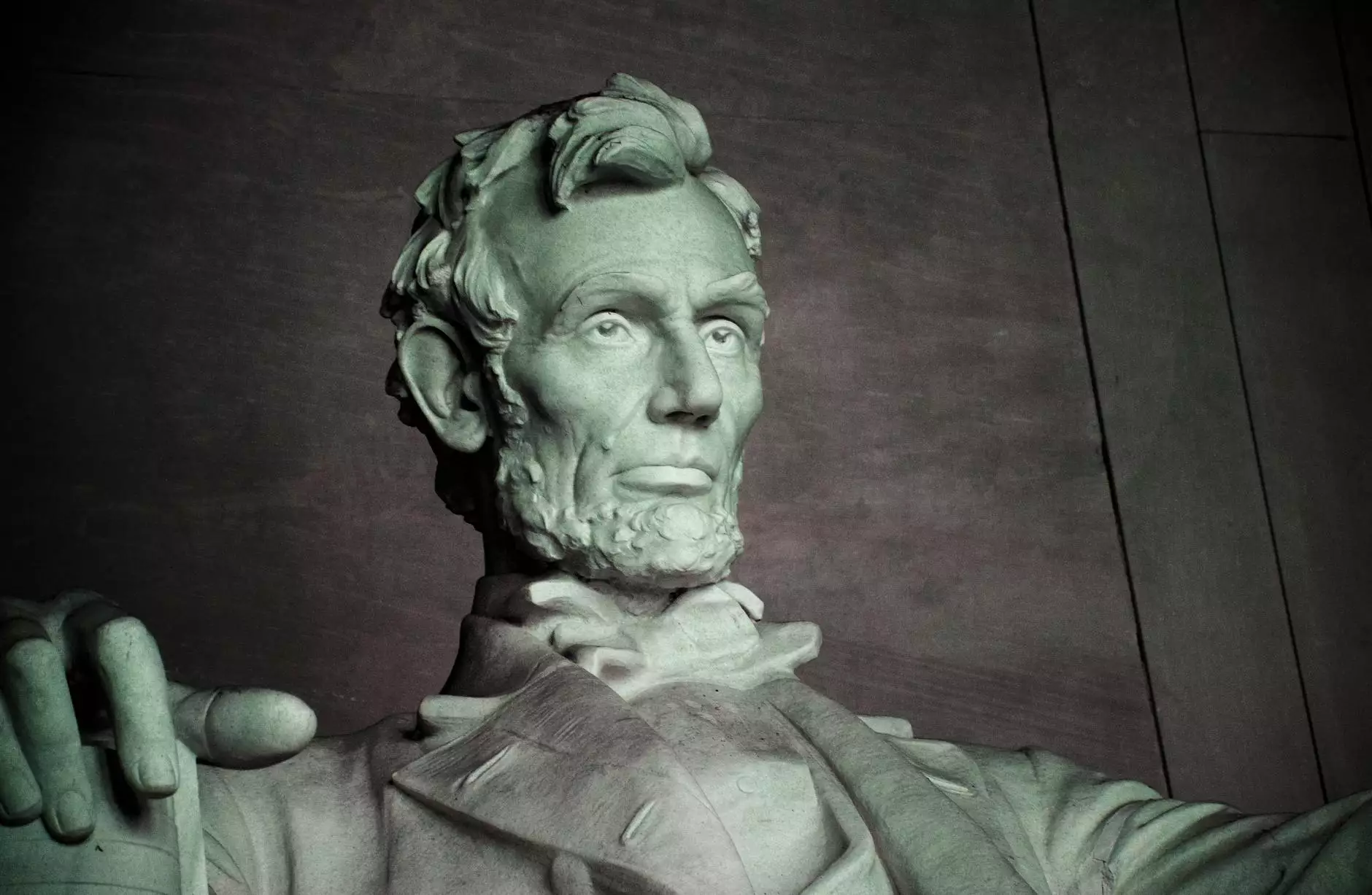How to Predict the Likelihood of Closing a Sale

Introduction
Welcome to Modern Luxe Creative's guide on how to predict the likelihood of closing a sale. In the competitive world of business, it's crucial to have insights and strategies that can give you an edge over your competitors. In this comprehensive guide, we will explore various techniques and approaches that can help you accurately assess the chances of successfully closing a sale.
Understanding Sales Probability and Its Importance
Before delving into the methods, let's first establish a clear understanding of sales probability and its importance in the sales process. Sales probability refers to the likelihood of closing a sale based on various factors such as customer behavior, market conditions, and product attributes.
By effectively predicting the likelihood of closing a sale, businesses can allocate their resources, optimize their sales strategies, and make informed decisions to maximize revenue and minimize waste. It enables businesses to focus their efforts on potential high-value prospects and design personalized approaches to improve conversion rates.
Factors Impacting Sales Probability
Various factors influence sales probability, and having a comprehensive understanding of these will enable you to make more accurate predictions. Consider the following:
1. Customer Engagement:
Active engagement with customers, including their interest, communication, and responses, can provide valuable insights into their intent to purchase. Pay attention to signals such as frequent interactions, positive feedback, and responsiveness.
2. Buying Behavior Analysis:
Analyze customer buying behavior to identify patterns and trends. Consider factors such as previous purchases, frequency of purchases, and purchasing preferences to assess the likelihood of closing a sale.
3. Market Research:
Stay up-to-date with market trends, competitors, and industry-specific changes. Conduct thorough research to understand market demands, customer preferences, and potential barriers, allowing you to adapt your sales strategies accordingly.
4. Product and Service Evaluation:
Evaluate your products or services objectively and look for unique selling points that differentiate you from competitors. Assess how well your offerings align with customer needs and identify any areas for improvement.
5. Sales Performance Analysis:
Analyze and review your past sales performance to identify patterns, successful strategies, and areas for improvement. This analysis can help you fine-tune your sales approach and predict the likelihood of closing a sale based on historical data.
6. Customer Relationship Management (CRM) Data:
Leverage the data collected in your CRM system to gain insights into customer preferences, behaviors, and purchasing trends. By utilizing this data effectively, you can enhance your sales probability predictions and personalize your sales efforts.
Techniques for Predicting Sales Probability
Now that we have a better understanding of the factors impacting sales probability, let's explore some effective techniques that can help you predict the likelihood of closing a sale:
1. Lead Scoring:
Implement a lead scoring system to prioritize and categorize your leads. Assign scores based on their engagement level, demographics, and fit with your ideal customer profile. This process allows you to focus your efforts on leads with a higher probability of conversion.
2. Data Analysis:
Leverage data analytics tools to analyze customer data, historical sales, and market trends. Use data-driven insights to identify patterns, trends, and indicators that can help you accurately predict the likelihood of closing a sale.
3. Qualification Criteria:
Define clear qualification criteria for your prospects. Consider factors such as budget, decision-making power, and urgency. By setting specific criteria, you can filter out leads that are less likely to convert and concentrate your efforts on those most likely to make a purchase.
4. Sales Funnel Analysis:
Thoroughly analyze each stage of your sales funnel to identify potential bottlenecks and areas for improvement. Understanding how leads progress through the funnel enables you to make more accurate predictions about their likelihood of closing a sale.
5. Customer Surveys and Feedback:
Gather feedback from customers who have recently made a purchase or decided not to proceed. Surveys and feedback forms can provide valuable insights into their decision-making process and help you refine your sales strategies accordingly.
Conclusion
Predicting the likelihood of closing a sale is a crucial aspect of any successful business. By understanding the factors impacting sales probability, leveraging data analytics, and implementing effective techniques, you can enhance your sales performance and outperform your competitors. Stay proactive, adapt to market changes, and continuously analyze and refine your sales approach to maximize your chances of closing more deals. Trust Modern Luxe Creative's expertise in science and education, particularly in math, to guide you on your journey to sales excellence.









